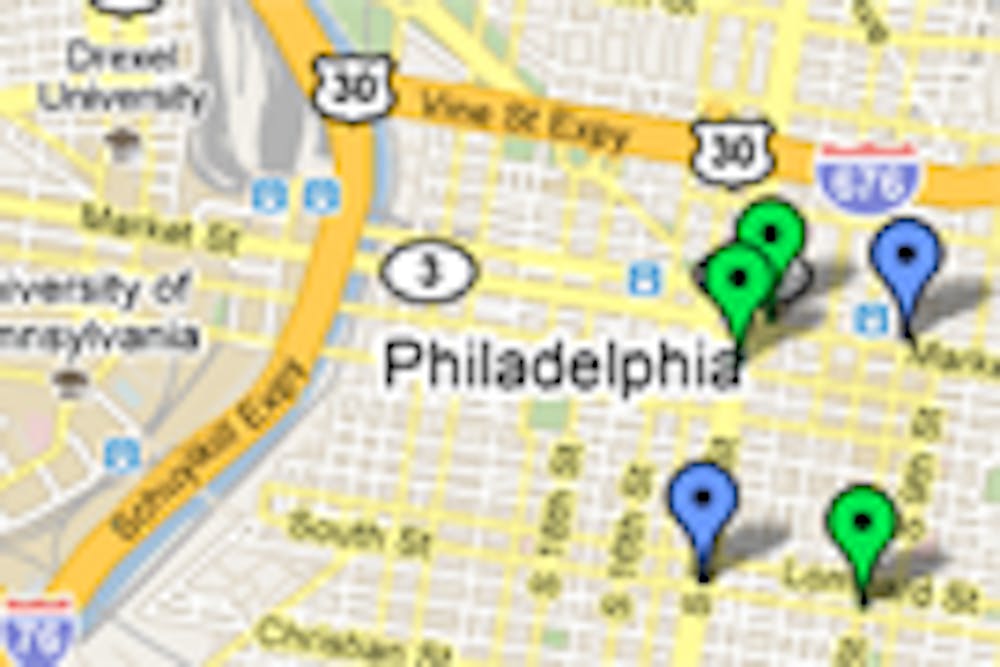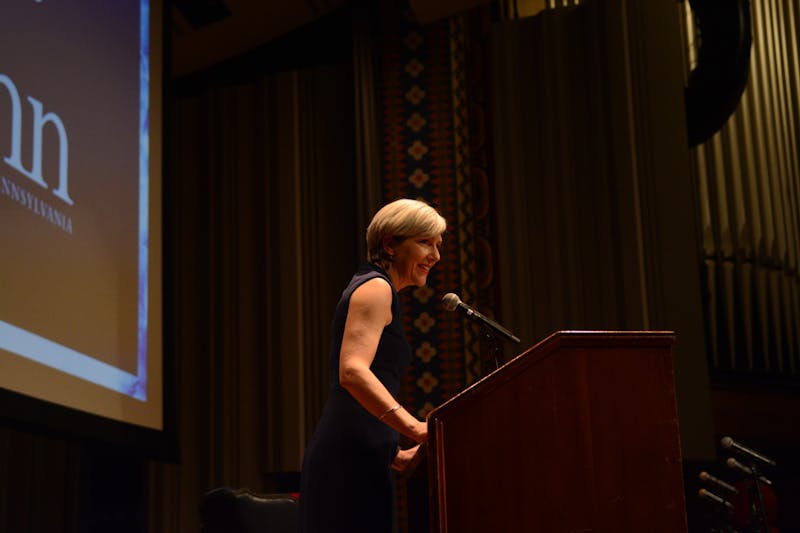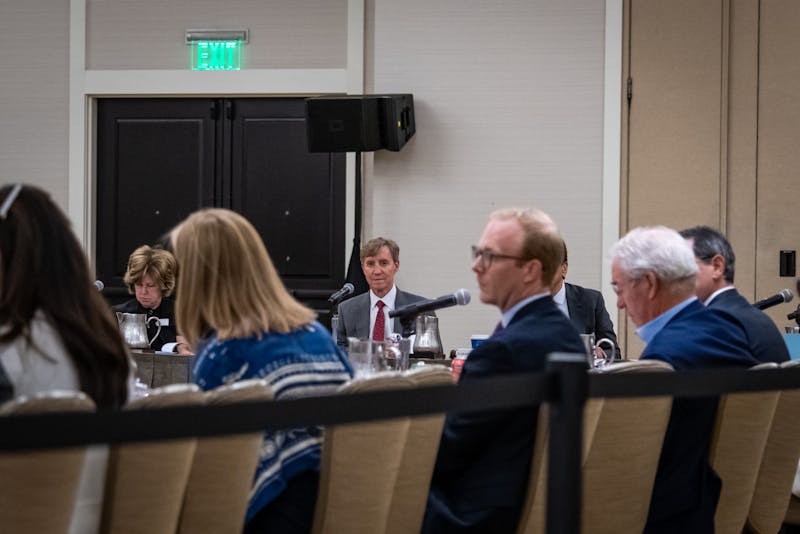
An interactive map with locations of the various flash mobs that have occurred recently in Philadelphia. Related article: Flash mobs may reflect need to 'see and be seen'
Given the rising rates of flash mob activity in recent years, the emergent urban phenomenon has come under increasing national scrutiny.
Four flash mobs have been reported in Philadelphia since December 2009, the most recent occurring March 20 on South Street. Closer to Penn’s campus, police presence on 40th Street was heightened last Wednesday due to rumors of a potential flash mob said to be assembling in the area.
College sophomore Julianne Mele, who encountered a flash mob on 40th Street last April on her way to the Bridge Cinema de Lux to see a film, described the experience as “pretty scary.”
“People who were clearly not Penn students were all over the place and seemed to be rushing in all different directions,” Mele recalled. “Police started blocking off areas and we had no idea what was going on.”
While the incident was “confusing and chaotic,” Mele said, she was never at any point concerned for her safety, as the participants were not visibly violent.
View Flash mobs in Philadelphia in a larger map
“What’s the use of doing something like that where no one can see you and it won’t be reported? That’s like being on a stage out on some isolated country road,” Sicotte said.
She speculated that the recent rise in flash mob activity may be closely tied to developments in pop culture and technology combining to allow people to express themselves more publicly than ever before.
“Sites like YouTube and Facebook enable people to display themselves online, the same way they’re ‘on display’ in person with a flash mob,” she said. “There’s also a strain of pop culture where notoriety and prominence equal fame — if your face is out there on Facebook and your video’s on YouTube, you’re allowed to daydream about being famous.”
Both factors, she said, converge to create an atmosphere that encourages attention-seeking for the sake of simply being seen.
Sicotte said she is “very curious” about why flash mobs in Philadelphia are more violent than “whimsical.” She named the organized mass pillow fight held in San Francisco and choreographed dance routine staged at a London train station as examples of attention-getting without violence.
However, she speculated that “a lack of creativity” on the part of flash mob organizers or the insistence of adolescent participants on presenting a “different image” may be to blame.
“Think about the image that you would portray if you were dancing with an umbrella,” she said. “If you were a tough kid, you might not want people to see you doing things like that.”
Sicotte also suggested that the more vague the message sent by flash mob organizers to communicate the time and location at which participants are to meet, the more likely gatherings are to erupt in spontaneous violence.
“‘Be at South Street at 9 p.m. on Monday’ may produce a large crowd with no kind of plan. In that kind of situation, I could see people getting rowdy,” she said, adding that if the participants had rehearsed a specific performance in advance, violence is less likely.
While some have conjectured that the recent flash mobs may constitute a form of social protest, Sicotte said they were “spontaneous expressions of boredom and attention-seeking.”
“They have no target, are not well-organized and lack the quality of planned action,” she said.
The Daily Pennsylvanian is an independent, student-run newspaper. Please consider making a donation to support the coverage that shapes the University. Your generosity ensures a future of strong journalism at Penn.
DonatePlease note All comments are eligible for publication in The Daily Pennsylvanian.







